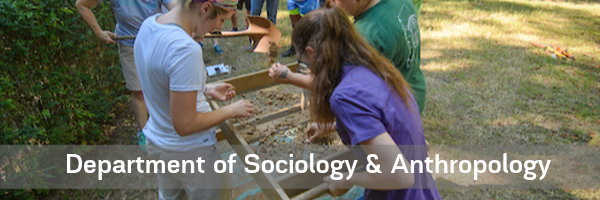
Faculty and Student Publications
Document Type
Article
Publication Date
4-6-2022
Abstract
The case of the Bulgarian Esperanto movement under state socialism demonstrates a social movement can survive under authoritarianism by establishing a legitimate activist culture acceptable to the regime while pursuing its intrinsic goals. Bulgaria, a close Soviet ally, was a difficult case of movement survival. In the early years following World War II, the national Esperanto periodical Bulgara Esperantisto was a key organizing tool for the movement reporting on its activities, reaching out to potential recruits, and legitimizing the movement under the new communist-led regime. Examining the periodical's discourse over a two-year period, I find that the movement managed to carve a space for itself in the new political context by advancing a form of what I term nationalized cosmopolitanism. Bulgarian Esperantists were able to maintain activist networks nationally and internationally, pursue intrinsic Esperanto goals, and sustain cosmopolitan identities under unhospitable conditions. The movement successfully legitimated itself by drawing from three cosmopolitan sources: Esperanto cosmopolitanism, communist internationalism, and Bulgarian peasant universalism. In the context of the nation-state system, invoking the nation was an effective legitimation strategy, even for a movement with cosmopolitan orientations, even under a regime justified in universal terms. Espousing pragmatism and partnerships while avoiding conflict, Bulgarian Esperantists were able to thrive under the new communist regime, recruit new members, and reconnect with the global Esperanto movement. I conclude that a legitimate activist culture can adapt to a regime's ideology and institutional environment without necessarily being co-opted.
Relational Format
journal article
Recommended Citation
Velitchkova, A. (2022). Nationalized cosmopolitanism with communist characteristics: The esperanto movement’s survival strategy in post–world war ii bulgaria. Social Science History, 46(3), 617–642. https://doi.org/10.1017/ssh.2022.5
DOI
10.1017/ssh.2022.5
Accessibility Status
Searchable text

